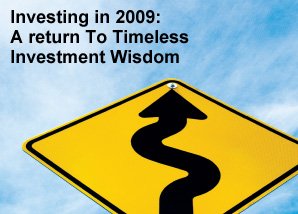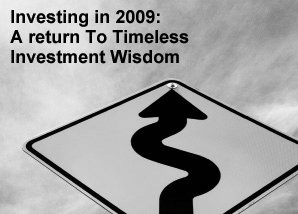Rebalancing Strategies
There are several rebalancing strategies that you can utilise to
create an optimal investment process.
Calendar Rebalancing
Calendar rebalancing is the most basic rebalancing approach.4 This strategy simply involves analysing your investment holdings within your portfolio at predetermined time intervals and adjusting to the original asset allocation at a desired frequency.4 Monthly and quarterly assessments are typically preferred because weekly rebalancing would be too costly while a yearly approach would allow for too much intermediate portfolio drift.4 The ideal frequency of rebalancing should be determined based on time constraints, transaction costs and allowable drift.4
The advantage of calendar rebalancing over formulaic rebalancing is that it is less time consuming, since formulaic rebalancing requires continuous attention.4
Percentage of Portfolio Rebalancing
A preferred but slightly more intensive approach involves a rebalancing schedule based on the allowable percentage composition of an asset in your portfolio.4 Each asset class is given a target weight and a corresponding tolerance range.4
For example, your allocation strategy may include the requirement to hold 30% in emerging market equities, 30% in domestic blue chips and 40% in government bonds with a tolerance of +/-5% for each asset class.4 When the weight of any one asset class drifts outside the allowable band – in this case 25% to 35% for emerging market and blue chip equities and 35% to 45% for government bonds – the entire portfolio is rebalanced to reflect the initial target composition.4
Constant Proportion Portfolio Insurance
This third rebalancing approach strategy assumes that as your wealth increases as an investor, so does your risk tolerance.4 The basic premise of this strategy stems from having a preference of maintaining a minimum safety reserve held in either cash or risk-free government bonds.4 When the value of the portfolio increases, more funds are invested in equities, while a fall in portfolio value results in a smaller position towards risky assets.4 This strategy of rebalancing is useful when you need to maintain a safety reserve – whether it will be used to fund your child’s educational expenses or be put towards the purchase of a home.4
Whichever strategy you choose, portfolio rebalancing ultimately provides protection and discipline for your chosen investment strategy.4 The ideal strategy will balance out the overall needs of rebalancing with the costs associated with the strategy chosen.4
Absolute Amount
Apart from rebalancing your existing portfolio, you can also increase the overall portfolio size by topping up your portfolio value. It’s worth noting that if you are adding new money to your portfolio, in some cases it might be more beneficial to simply not contribute any new funds to the asset class that is overweighted while continuing to contribute to other asset classes that are underweighted. Your portfolio might be able to rebalance over time without you incurring capital gains taxes.3































